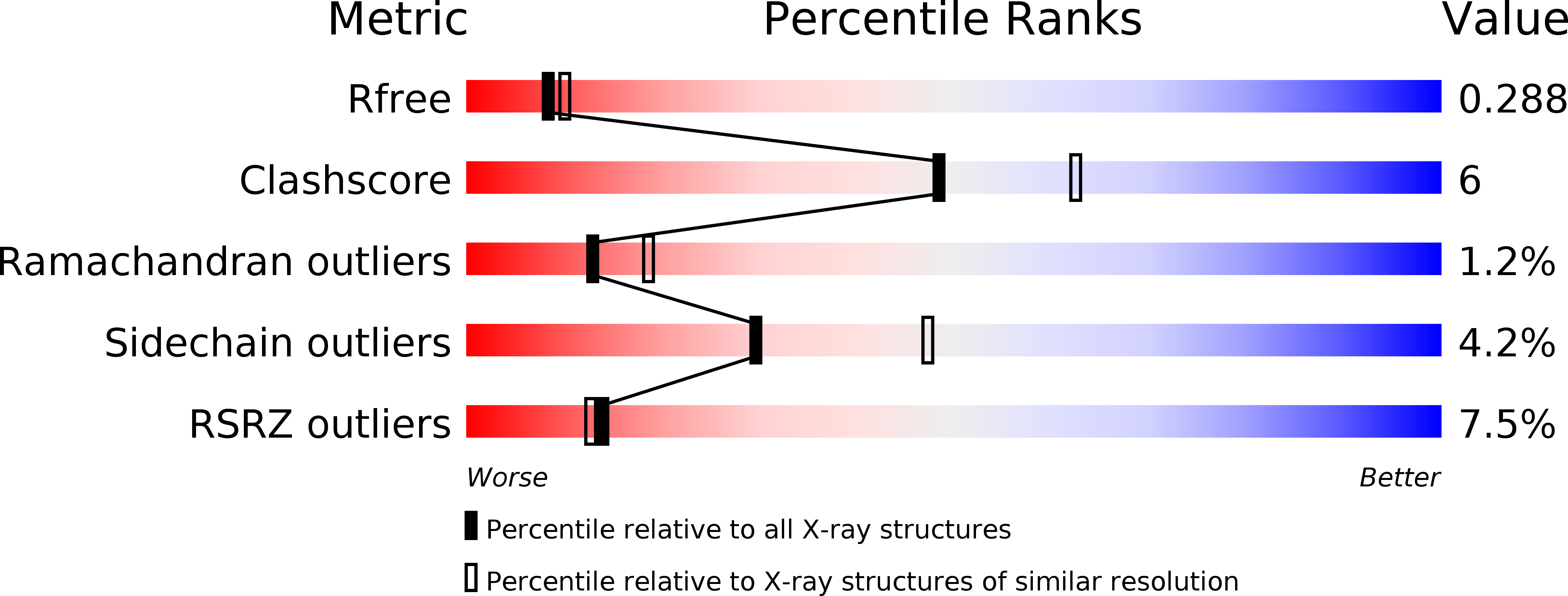
Deposition Date
2016-03-03
Release Date
2016-04-13
Last Version Date
2024-03-06
Entry Detail
PDB ID:
5IKL
Keywords:
Title:
Crystal structure of P. aeruginosa geranyl-CoA carboxylase (GCC), beta subunit
Biological Source:
Source Organism:
Host Organism:
Method Details:
Experimental Method:
Resolution:
2.40 Å
R-Value Free:
0.28
R-Value Work:
0.21
R-Value Observed:
0.21
Space Group:
P 65 2 2


